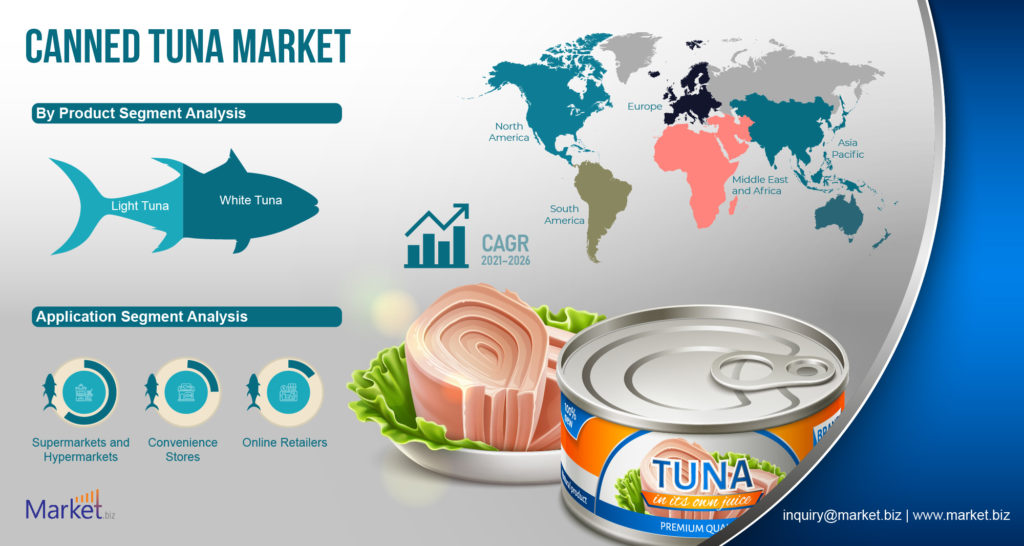
Canned tuna is a common ingredient in most household pantries and can be stored for several years. It is a protein-rich and low-cost food item, making it a preferable ingredient of day-to-day meals. Nicolas Appert, a Frenchman, is known as the “Father of Canning.” The concept of fish preservation was started in 1795 by him when he placed sealed bottles of fish in a pot of simmering water. France had offered a 12,000 Fr. reward to anybody who could come up with an inexpensive and effective technique of storing huge quantities of healthy food during the Napoleonic Wars. The big size of France’s army of the time required a frequent supply of high-quality food to maintain their strength. In 1810, Appert’s innovation was accepted for review resulting in him getting the reward.
As canned tuna is often used in salads, croquettes, burgers, tacos, sushi, as well as in sandwiches, burgers, spaghetti, and tacos. Consumers that would want a convenient solution for a healthy lifestyle prefer canned tuna due to its quick and uncomplicated preparation. In the future, these factors are expected to increase the demand for canned tuna across the world.
However, due to water pollution, a large amount of mercury is found in fish. According to research, excessive mercury exposure has been linked to significant health concerns in humans including damage to the peripheral nervous system, cancer, etc., Mercury can accumulate in high concentrations in tuna since the species feeds on tiny fish that might potentially be polluted with mercury. The mercury content of tuna tends to be greater than that of salmon or tilapia. A tuna’s mercury content is determined based on its species. Larger tunas, such as bigeye and albacore, tend to have greater mercury levels. Mercury levels are low in smaller tuna species, such as light tuna and skipjack.
Nonetheless, there has been immense revenue growth in the canned tuna industry throughout the world, mostly due to the growing consumption of processed food. Precooked and ready-to-cook canned meals include a variety of meats, organic products, vegetables, as well as seafood. Additionally, comfort food consumption has also increased in recent years due to the busy lifestyles of an increasing working population. As a result, the market is expected to register significantly increased revenues in the coming years. Primarily, canned tuna is consumed in Europe and the United States, with a minor percentage in Asian countries such as Japan and South Korea.
The top exporters of canned fish and processed fish are Thailand, Ecuador, China, Indonesia, Egypt, Saudi Arabia, and the Philippines. Although, the U.S., Japan, and Australia were the top consumers of tuna in canned and processed form. 60% of all tuna originates from the West and Central Pacific oceans. Post the COVID-19 outbreak in the United States, canned food sales skyrocketed across the country. Due to its low price and long shelf life, consumers are increasingly adopting this product. These aspects are expected to create massive business opportunities for key players operating in the global canned tuna market across the world in the future.